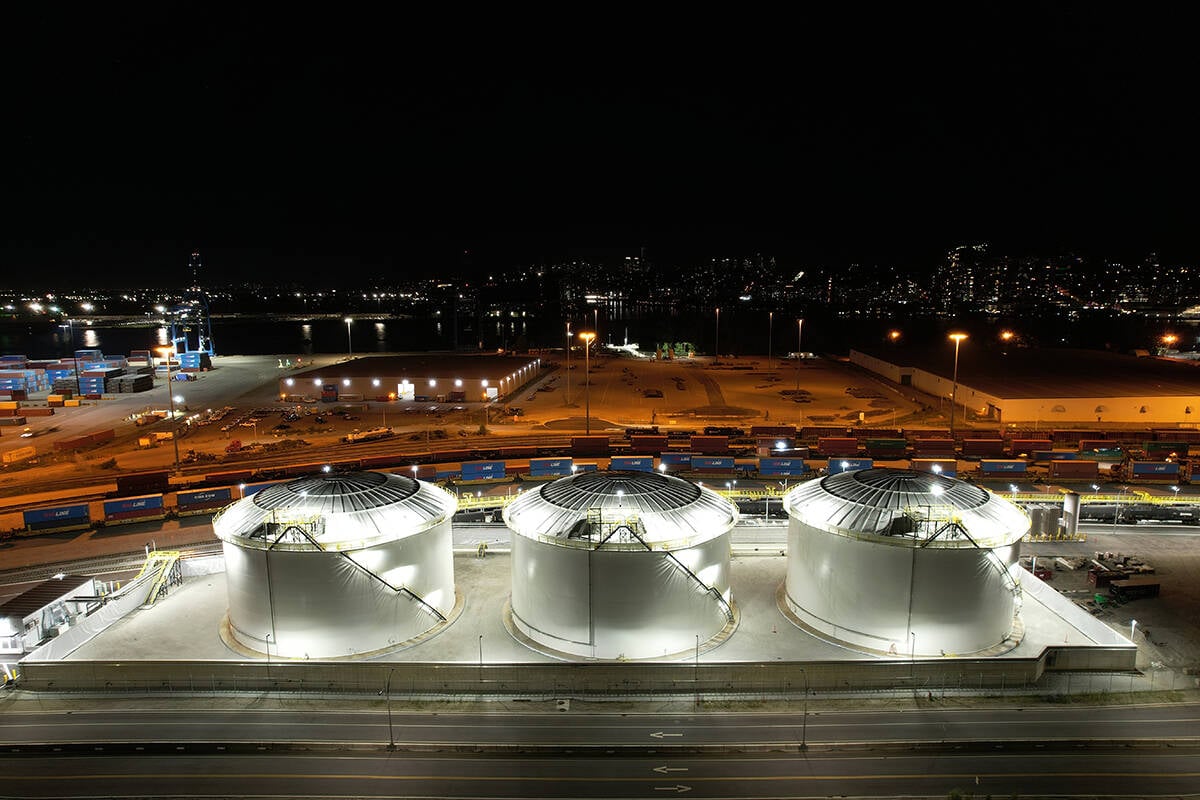Dry bean prognosticators expect smaller crops in Canada and the United States, which should have a firming effect on markets.
“I guess I’m cautiously bullish on prices,” said Ivan Sabourin, president of Roy Legumex Inc., a major Manitoba exporter of special crops.
In last week’s planting intentions report, the United States Department of Agriculture forecast a 1.33 million acre bean crop, down five percent from 2003 and 31 percent smaller than the 2002 bean crop.
“Relatively low prices for the 2003 crop contributed to the expected reduction in planted acres,” said the report’s authors.
Read Also

Canola oil transloading facility opens
DP World just opened its new canola oil transload facility at the Port of Vancouver. It can ship one million tonnes of the commodity per year.
The largest decline is anticipated for North Dakota, the biggest bean growing state, where plantings are expected to fall 11 percent to 480,000 acres from 540,000 in 2003.
Sabourin is forecasting a similar percentage decline in Manitoba, Canada’s largest bean growing province.
“The question now is of the three main varieties, blacks, pintos and navies, which one will take the brunt of the reduction and my guess would be pintos.”
While growers were signing long-term navy bean contracts this winter, there was little contracting of pinto beans.
Sabourin said pinto acreage has been falling for a while and 2004 will be no exception. Eventually the market will get to the point where there is a tightness between supply and demand for that class of bean and this may be the year that happens.
“It could be interesting on pintos if we get the reduction in supply like I’m anticipating.”
He also expects a narrowing in the supply of navy beans because there was low North American carryout of that class.
But Sabourin cautioned growers to exercise patience when it comes to navy and pinto prices. There won’t be a sudden surge in markets as in previous years.
“It will be more of a controlled, gradual rise rather than a spike up,” he said. “The industry has really had a lack of speculative trade so price increases are usually slow in coming.”
Black bean price direction will largely depend on Mexico. Early indications point to a limited demand from that market.
A March report by the U.S. embassy in Mexico City projects a Mexican crop of 1.3 million tonnes, up eight percent from last year’s output. Imports are forecast to remain unchanged for the marketing year 2004-05.
Sabourin said the lacklustre demand prospects account for the “pretty low” prices seen at last week’s Mexican bean auction, where exporters bid on duty-free access to Mexico.
It was the first of two auctions to be held this year. The next is set for June 1, where two-thirds of the NAFTA tariff-rate quota will be auctioned off.

















